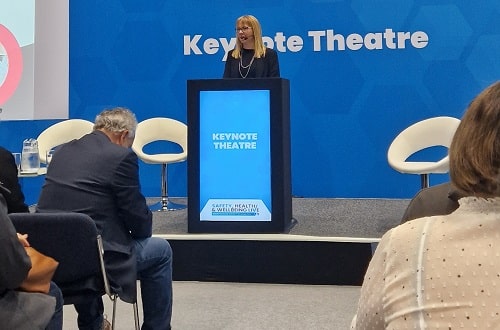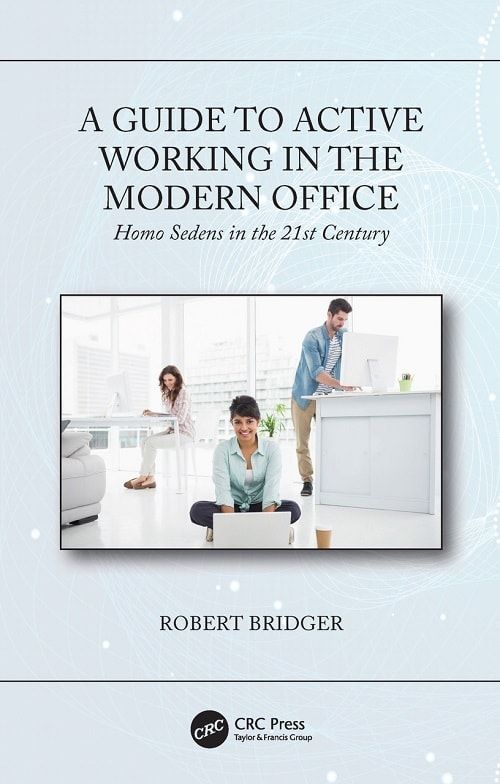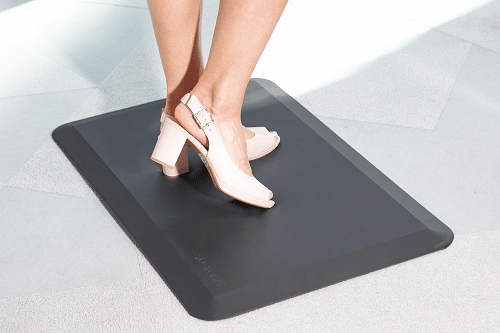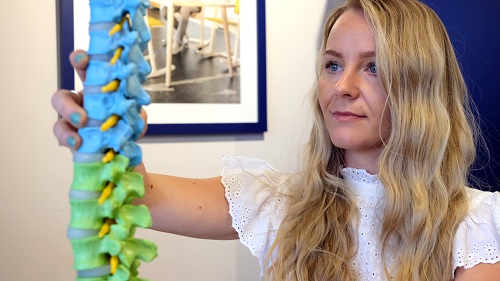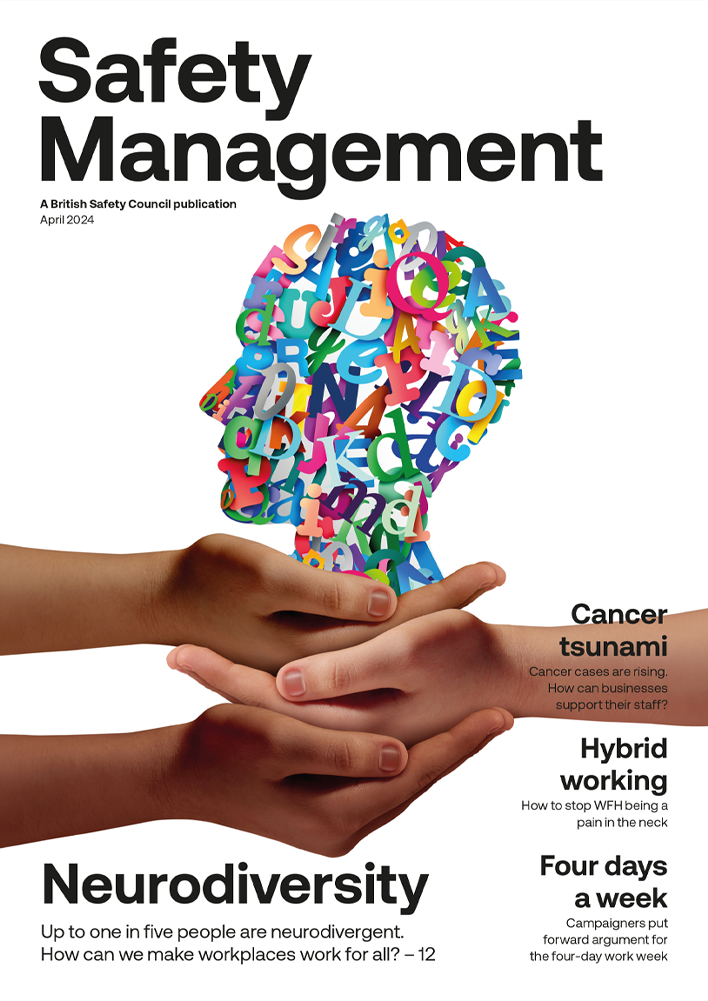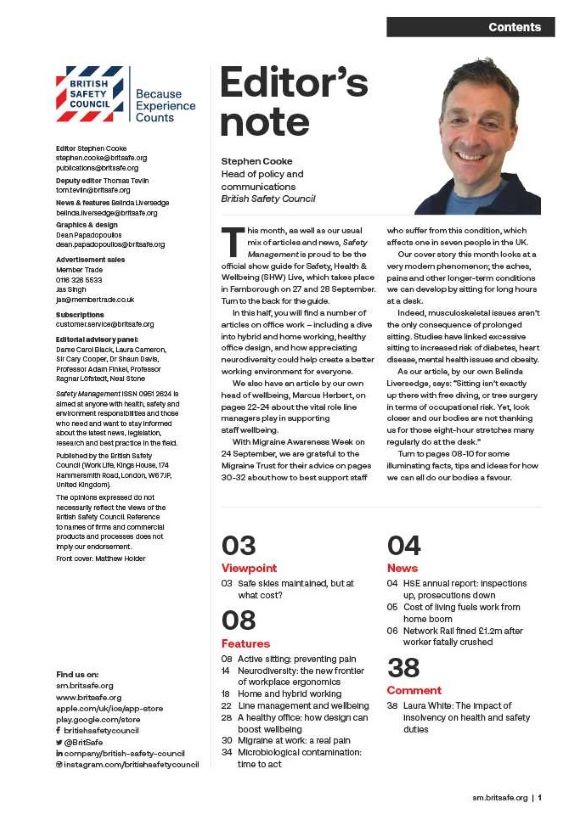Office design and culture: happier and healthier staff – or the opposite?
Applying ergonomic principles to workstation set-ups and ensuring the physical environment supports neurodivergent people are just some of the ways of creating an office where everyone can thrive, but a supportive and positive organisational culture is vital too.
By Guy Osmond, Osmond Ergonomics on 03 April 2024





